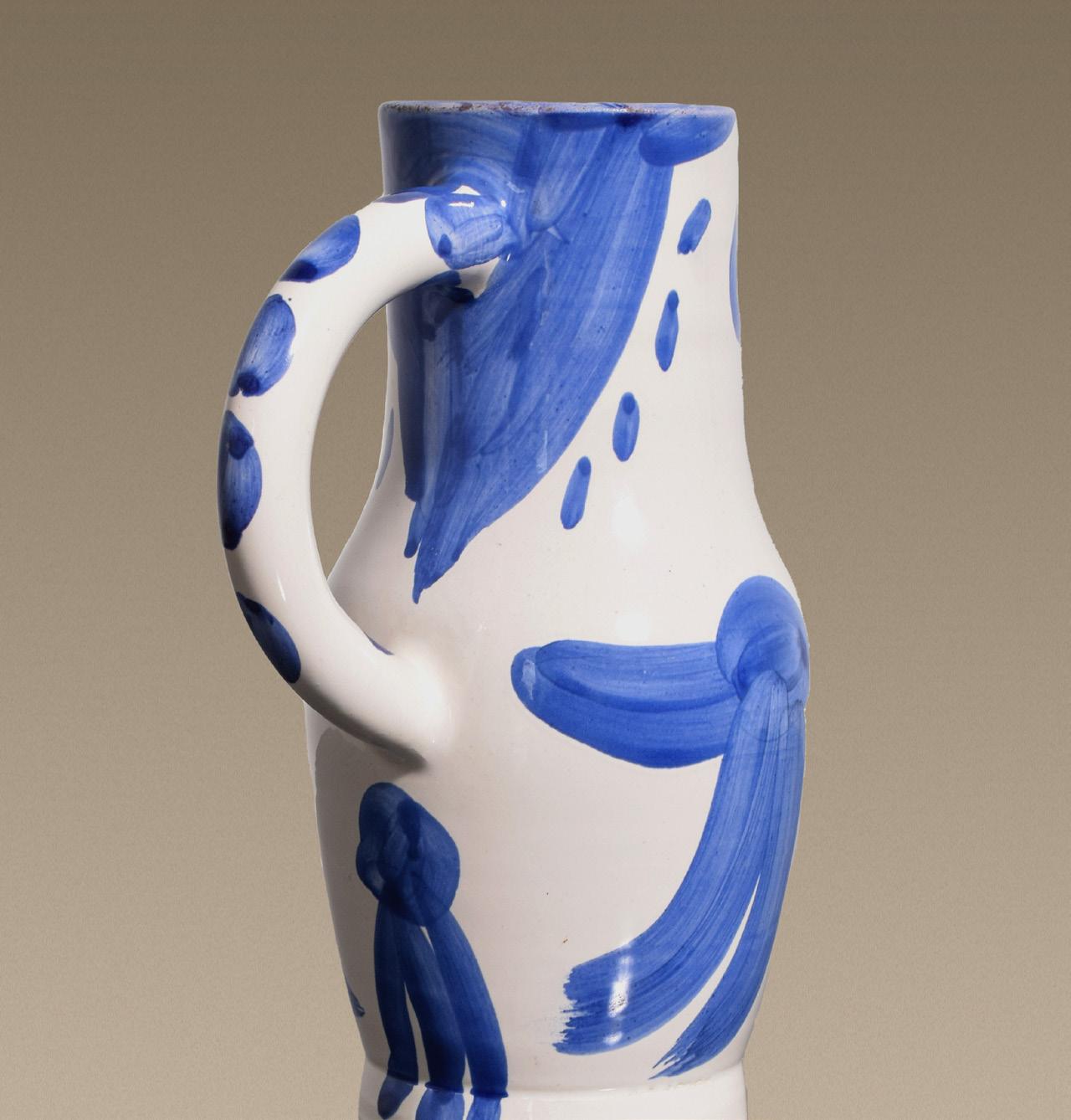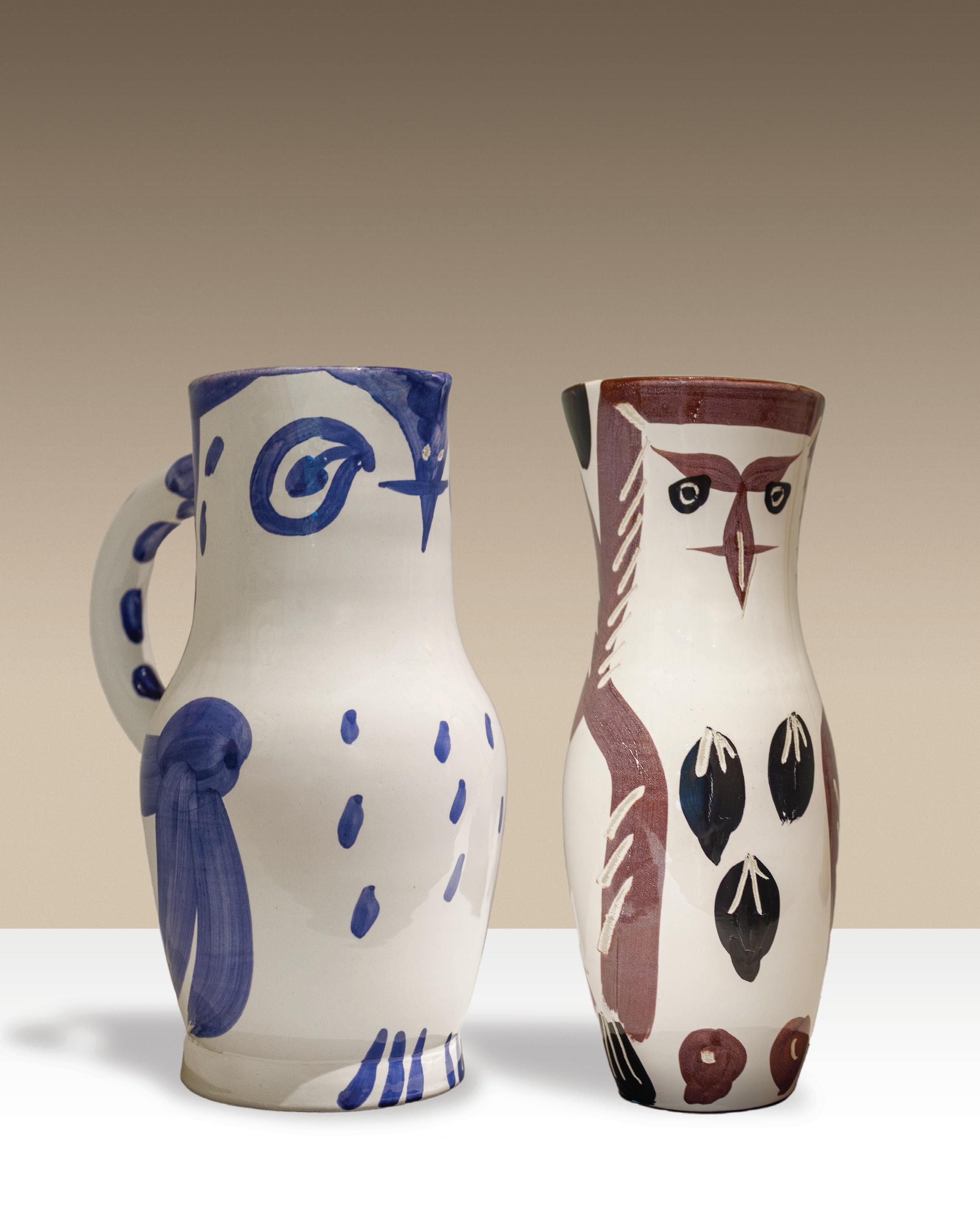FINDLAY GALLERIES


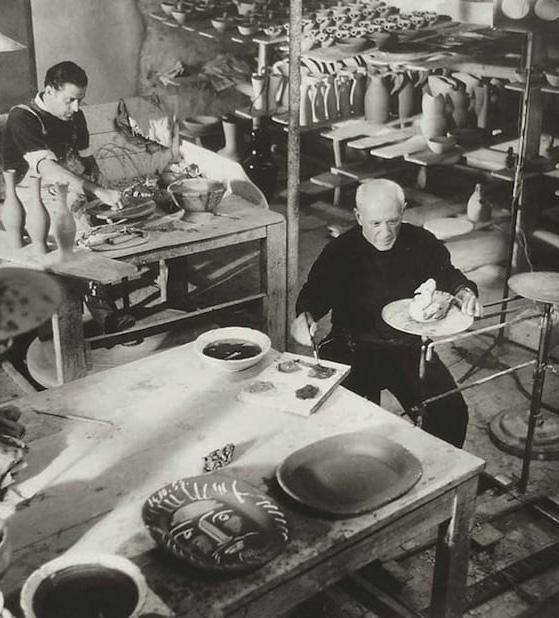



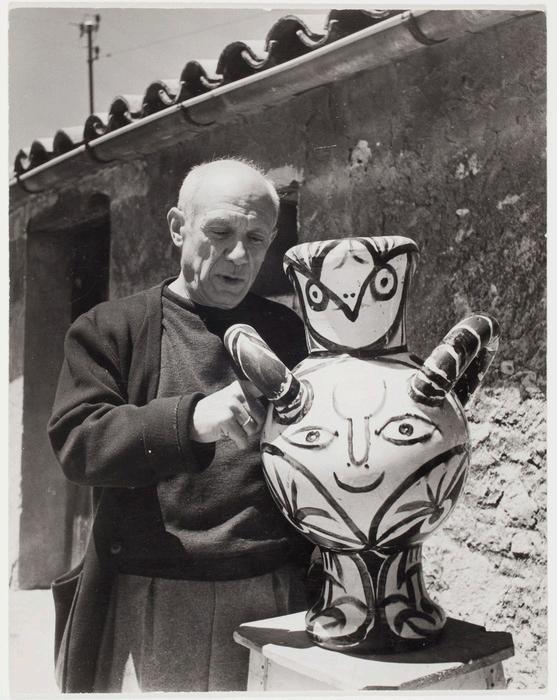
Pablo Picasso (1881 - 1973)
Madoura, Vallauris | Ceramics
Pablo Picasso’s interest in ceramics began in Paris in the early 20th century when he discovered the works of Paul Gauguin and met the potter Paco Durio. However, Picasso’s first ceramics were not created until after World War II while staying with his friend, engraver Louis Fort, in the South of France in 1946. The pair decided to attend a local craft fair in the town of Vallauris, the first crafts fair after the end of the war in a town where pottery has been a tradition since Roman times. Picasso took a particular interest in the works from the studio Madoura and requested to meet the owners, Suzanne and Georges Ramié. That very same day, after being invited by Suzanne and Georges to their workshop, Picasso created three clay figurines as a trial. Delighted with the result, Picasso expanded his oeuvre to include ceramics, a medium he would continue to explore until 1971, sometimes as the exclusive focus of his creative energies.
Picasso found inspiration in the primitive and mythological elements of ceramics, as well as in the process of metamorphosis from clay through fire to finish. This process of metamorphosis, using earth, water and fire, and the physicality of its constructs appealed to Picasso greatly. He applied his previously learned techniques in painting, etching, sculpting, and printmaking to create works that transformed utilitarian household items into art objects, often with playful brushstrokes and deep etched incisions and reliefs.
Picasso’s ceramics constituted one of the central pillars of his artistic production and provided him with a stage of rebirth, exploring the creative potential, language, and tradition of the medium. Additionally, he wished to make his ceramics accessible to all, saying that he wanted “everyone who bought a ceramic to leave with change in their pocket.” Today, as appreciation for the medium has grown and the true power of Picasso’s creation within it has come into focus, art lovers and collectors continue to search for choice works from this beautiful and valuable body of work.
Chouette, 1968
terre de faience

11 1/2 x 9 x 6 in.
FG© 140802


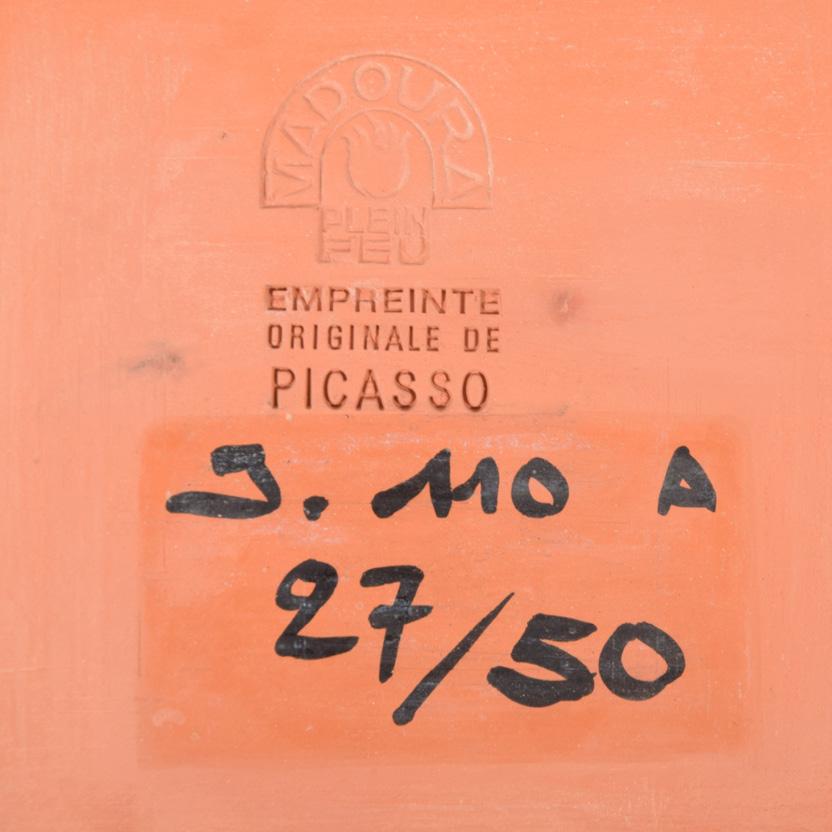


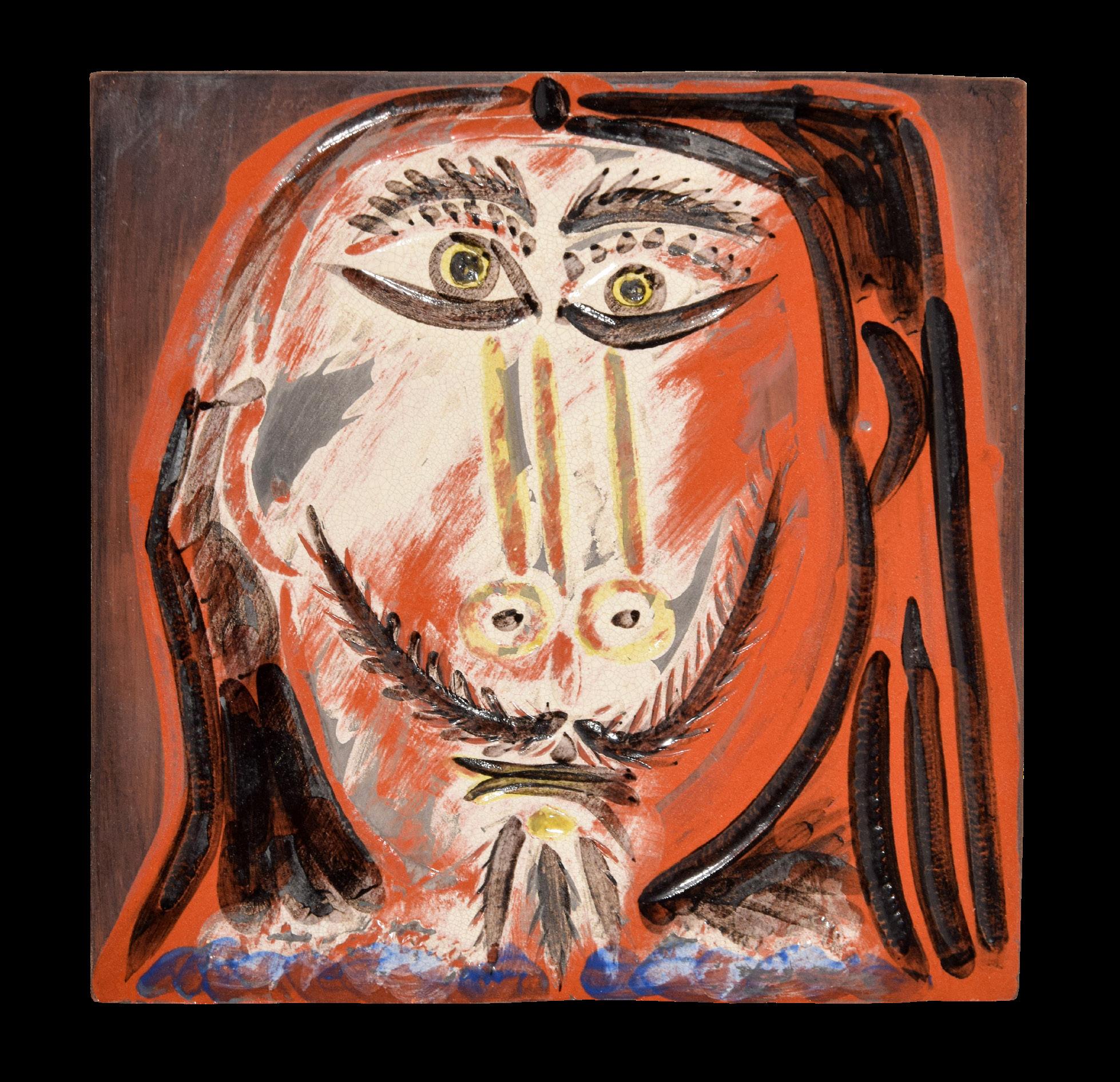
Lampe femme, 1955

terre de faience
14 1/4 x 8 1/4 x 5 1/4 in.
FG© 140764

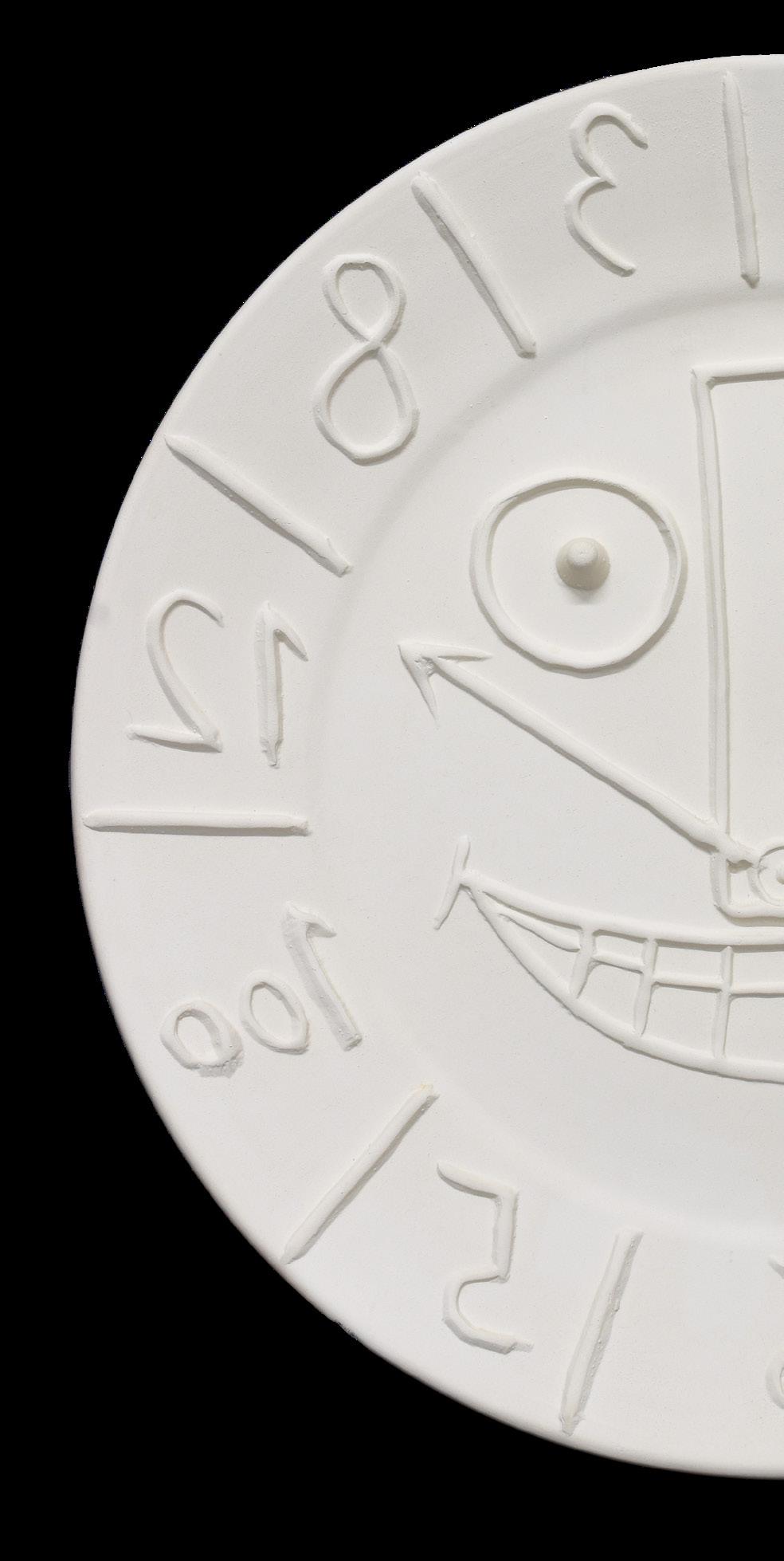
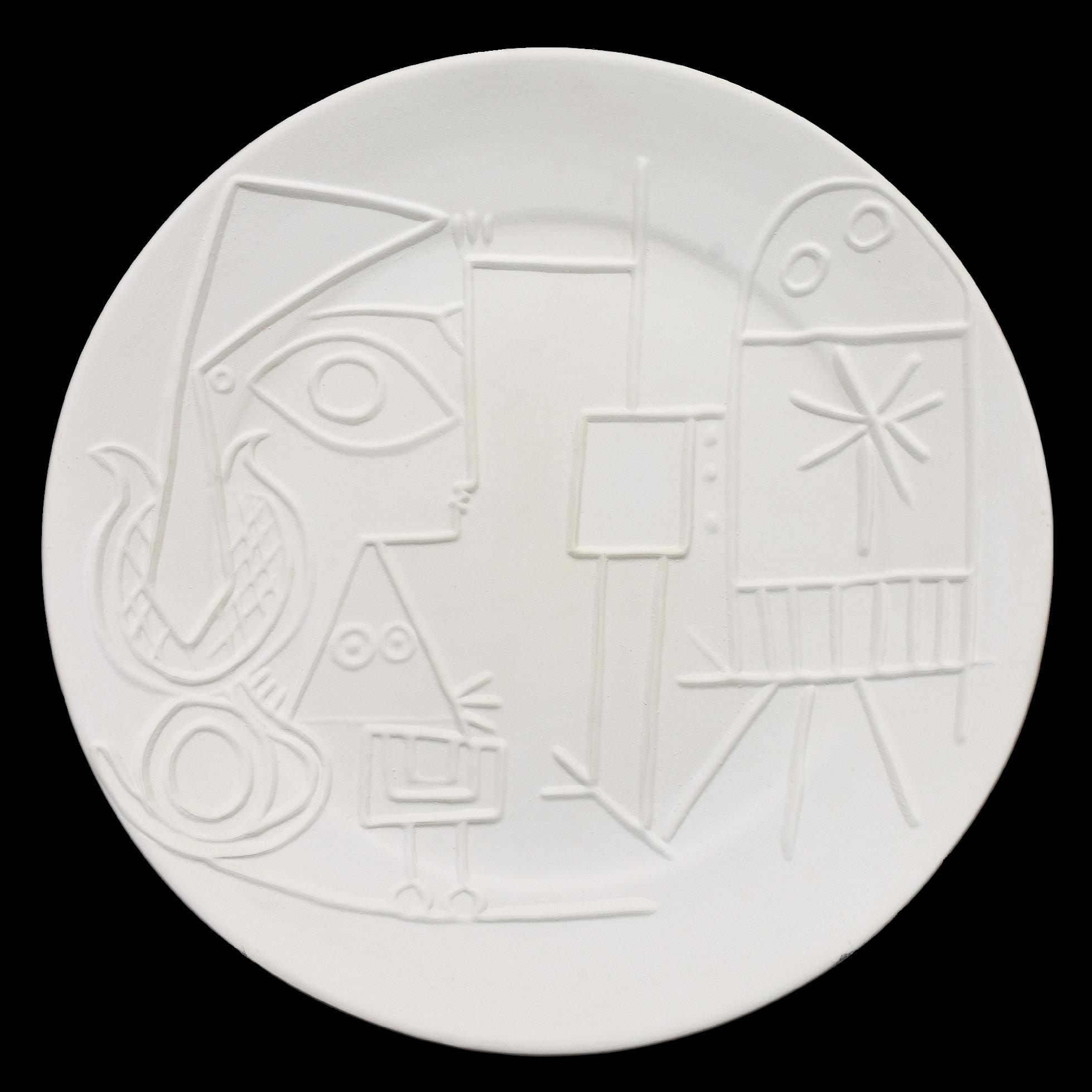
de faience blanche, Edition 45/100 (diameter) | FG© 141018
Visage Geometrique, 1956 | terre de faience blanche, Edition 59/100 14 1/4 in. (diameter) | FG© 141020


Visage, No. 30, 1963 | terre de faience, Edition 39/150 10 1/8 in. (diameter) | FG© 140800


